In a time of constant technical modernization, it’s not wise to stay functional with legacy systems. Such apps are major roadblocks when one tries to have surged market presence, improved functionality, and impressive customer-business relationships.
Without enough protection against cyber threats and unmatched automation, legacy apps become a burden that should be shed off immediately if a business wants to grow. Even if the legacy app modernization is tedious, time-consuming, and will ask for early investment, experts suggest giving it a shot. Let’s learn more about it.
Legacy Apps – Stumbling Blocks For You
Do you ever wonder why the first generation iPhone is no longer available or why most of the apps won’t work on it if you have it? It’s because the first generation iPhone isn’t compatible with modern-era OS and internal infrastructure. Whatever OS and infrastructure it has aren’t meant for the present-day system. Hence, the first generation iPhone is a legacy system.
Legacy systems/apps are the apps running on outdated OS. They also have an old-fashioned internal infrastructure that won’t support the present-day apps/accessories. They will have limited functionalities with which it’s not possible to attain expected operational accuracy and speed.
Instead of supporting you, such apps will hinder your operations and cause severe hurdles. Hence, replacing them is the only available option.
App Modernization – A Blessing In Disguise
App modernization is what one must use to get rid of legacy systems. It involves complete or partial OS updates, adding new features, improving the internal architecture, and adding new capabilities that are the need of the hour. Done by an expert developer, app modernization is a lengthy, technical, and expensive affair to get involved in. Despite that, we suggest you go for it, and not doing so has major implications. Nearly 44% of managers and CIOs believe app modernization is necessary if one wants to grow and expand.
Dangers of Legacy Apps and Why You Must Consider App Modernization
On the surface, legacy systems only look like they lack compatibility with a few apps and accessories. However, if you’re far-sighted, you’ll be able to understand that legacy systems are no less than a migraine that demands immediate treatment.
Have a look at a few key dangers of legacy systems and why one should invest in app modernization.
-
Legacy systems have weak security
It’s not an era where you can avoid the security aspect of using an app or system. Every 39 seconds, a cyberattack takes place. The app and system you use are the paths that cybercriminals take to reach your crucial data. Hence, they both should be sound at the security front. Sadly, that’s not possible with legacy systems.
With no vendor-administrator, technical support, outdated OS, no security patches, and understandable infrastructure, legacy systems are likely to be a target of hackers.
With app modernization, you have a chance to add security features that are capable of dealing with current security risks. Also, you will be able to receive patches for security flaws. Strong encryption, updated user authentication, access control, and everything else that is required to have a strong security profile is possible after app modernization.
-
Poor compatibility with the latest technology
Technology has grown tremendously, and we now have highly advanced technologies like AI, IoT, ML, remote conferencing, and many more that improve functionality and productivity at every front. However, you won’t be able to use these technologies with legacy systems as their OS, and internal infrastructure won’t be compatible with them.
The integration will be either tough or not possible at all. So, you will have to stick to outdated operations while your peers will grow and expand with the help of modern technology.
Invest in app modernization immediately as it will help you fix this incompatibility issue. You will have advanced OS and architecture to support every progressive technology. You will be able to enjoy enhanced productivity and scalability.
-
Tedious maintenance
System or app maintenance is an ongoing process. With a legacy system, it’s tough as there won’t be any vendor-specific support. You will hardly get any version updates. Also, legacy apps lack cloud support. So, the odds of losing critical data are high with them.
App modernization proffers apps that receive auto-updates. All you need to do is allow the update to happen. That’s it. Maintenance becomes a piece of cake.
-
Restricted team collaboration
Can you use Zoom on your Windows Vista? No, you can’t because Zoom isn’t built for legacy systems. It’s built for a modern system.
That’s the case with any other team collaboration and productivity tool. So, you won’t be able to use any of them on your legacy system, which means hybrid or remote work won’t be possible. Your team will not have a collaborative work environment, which is crucial presently.
App modernization will remove this hurdle as you will get an updated OS that works with all the leading team collaboration. It will make your IT system collaborative enough for your team to work from anywhere. Safe and secure data transfer from a remote location would be possible.
All these things will add up to your productivity and performance. Around 40% of business leaders have admitted that their productivity and team collaboration has increased after app modernization.
Start your app modernization journey today
In a world where growth is directly linked with technology, it’s not possible to move ahead with outdated systems and apps. Your hands will be tied. App modernization is the only thing that will be set up free.
By replacing outdated IT systems, the app modernization process will equip you with some of the best and cutting-edge technology that will work for your betterment. However, this is possible only if you have the right kind of app modernization partner.
Choose your software development partner wisely. Place your bet on someone who can understand your requirement, complete the task in a given period, secure the data during the process, and offer cost-optimized service. If you manage to do so, you have a way to go.

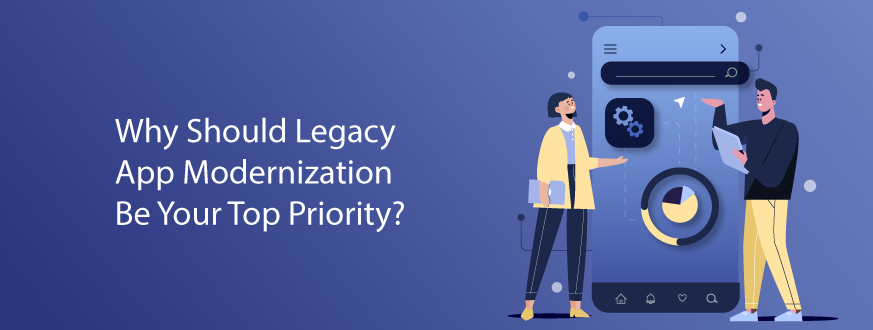





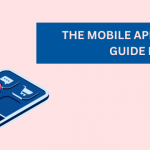
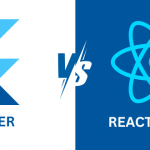
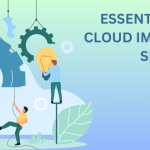
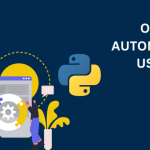
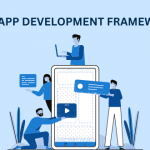
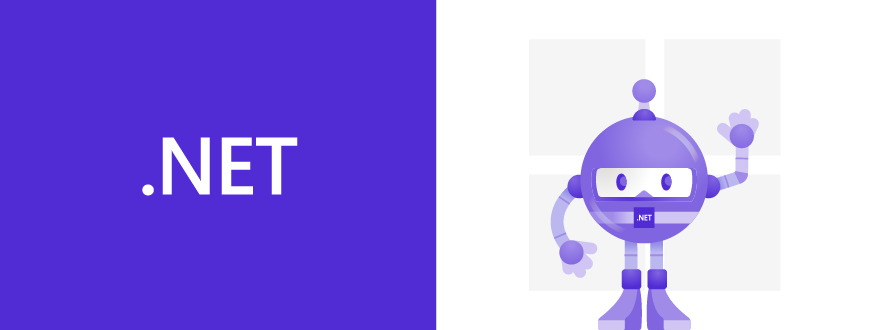
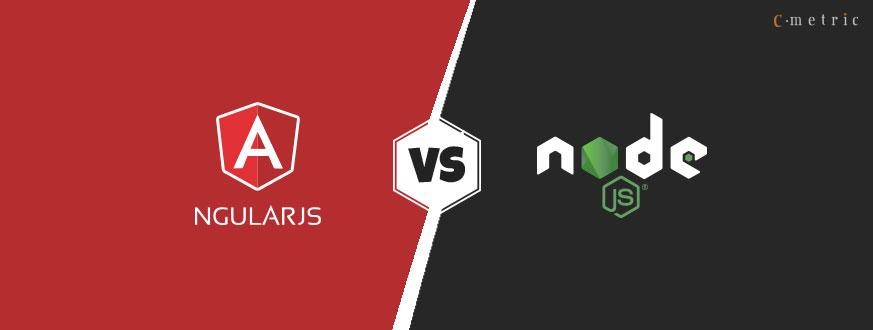
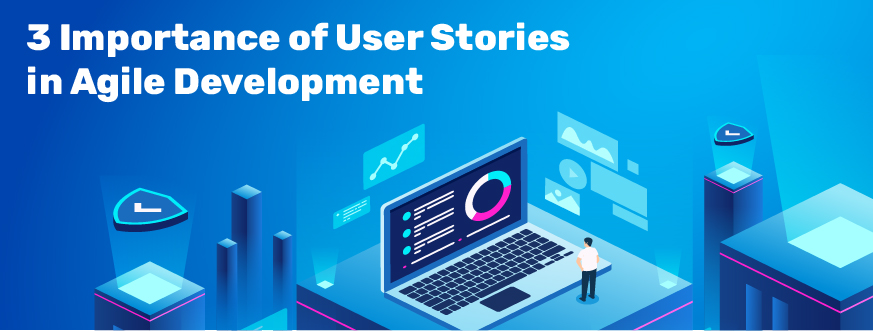
Get in Touch